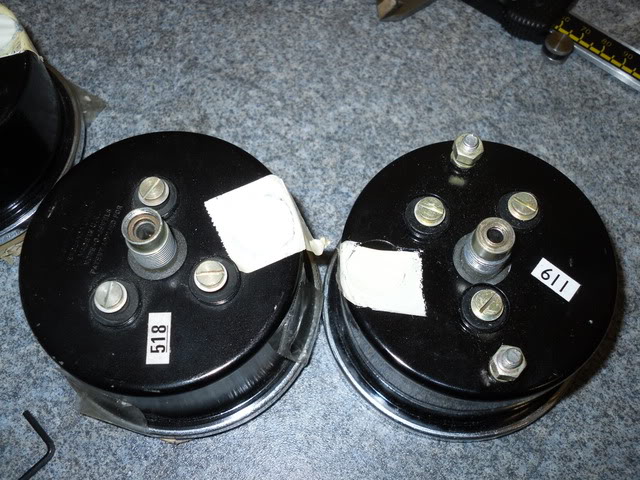I need to replace the bezels on my speedo and tacho clocks on my 1970s Commando. At some point during storage something has hit the top of both clocks, creating a dent in the bezel of both and fracturing the lens on one. Below are pictures of the most damaged clock, the other has a smaller dent in the bezel.


What is the best way to remove the bezels without damaging the aluminum clocks? I guess this depend on them being crimped or threaded. If they are crimped, I have seen videos of people gently prying them off using small, flat screwdrivers. However, if they are threaded, I guess I will have to remove them some other way as I fear prying them off will damage the threads.


What is the best way to remove the bezels without damaging the aluminum clocks? I guess this depend on them being crimped or threaded. If they are crimped, I have seen videos of people gently prying them off using small, flat screwdrivers. However, if they are threaded, I guess I will have to remove them some other way as I fear prying them off will damage the threads.



